Hip pain is a prevalent and often challenging condition that can significantly impact an individual’s mobility and quality of life.
Etiology of Hip Pain:
Osteoarthritis (OA):
Osteoarthritis is a common cause of hip pain, characterized by the degeneration of joint cartilage. This condition often results in pain, stiffness, and reduced joint function (Felson et al., 1988).
Hip Labral Tears:
Tears in the hip labrum, a cartilage structure that lines the hip joint socket, can lead to hip pain. These tears may be caused by trauma, structural abnormalities, or repetitive movements (Ayeni et al., 2014).
Trochanteric Bursitis:
Inflammation of the bursa, small fluid-filled sacs that cushion the hip joint, can cause trochanteric bursitis and result in localized pain on the outside of the hip (Bird et al., 2001).
Epidemiology of Hip Pain:
Hip pain is a widespread issue, with its prevalence increasing with age. Conditions such as osteoarthritis are more common in older adults, while hip labral tears and bursitis may affect individuals across various age groups. Understanding the epidemiology of hip pain is crucial for developing effective prevention and management strategies.
Interventional Pain Management Treatment Options:
Corticosteroid Injections:
Corticosteroid injections into the hip joint or surrounding structures can provide significant relief from inflammation and pain associated with conditions like osteoarthritis or bursitis (Migliore et al., 2005).
Physical Therapy:
Targeted physical therapy exercises aim to improve hip joint strength, flexibility, and overall function. Exercise regimens are tailored to the specific underlying cause of hip pain (Thorborg et al., 2017).
Joint Aspiration and Lavage:
In cases of inflammatory joint conditions, such as arthritis, joint aspiration (removing excess fluid) and lavage (flushing the joint with a saline solution) may help alleviate symptoms (Ravaud et al., 1999).
Minimally Invasive Procedures:
Procedures such as radiofrequency ablation, where targeted nerves are heated to interrupt pain signals, and hip arthroscopy, a minimally invasive surgical procedure, are emerging as interventions for specific hip conditions (Domb et al., 2015; Bogunovic et al., 2015).
Hip pain, with its multifaceted etiology and varying prevalence across demographics, requires a comprehensive and individualized approach to diagnosis and management. From conservative measures like physical therapy to advanced interventional techniques, the evolving landscape of pain management offers hope for improved outcomes and enhanced quality of life for individuals suffering from hip pain.
References:
Felson, D. T., Anderson, J. J., Naimark, A., Walker, A. M., & Meenan, R. F. (1988). Obesity and knee osteoarthritis: the Framingham Study. Annals of Internal Medicine, 109(1), 18–24.
Ayeni, O. R., Chan, K., Whelan, D. B., Gandhi, R., Dwyer, T., & Chahal, M. (2014). Minimal clinically important difference in the modified Harris Hip Score and the international hip outcome tool-33. Arthroscopy: The Journal of Arthroscopic & Related Surgery, 30(4), 492–497.
Bird, P. A., Oakley, S. P., Shnier, R., & Kirkham, B. W. (2001). Prospective evaluation of magnetic resonance imaging and physical examination findings in patients with greater trochanteric pain syndrome. Arthritis & Rheumatism, 44(9) , 2138–2145.
Migliore, A., Tormenta, S., Massafra, U., & Carloni, E. (2005). Intra-articular administration of hylan G-F 20 in patients with symptomatic hip osteoarthritis: tolerability and effectiveness in a large cohort study in clinical practice. Current Medical Research and Opinion, 21(8), 1261–1267.
Thorborg, K., Bandholm, T., Hölmich, P., & Hip strengthening exercises in patients with symptomatic femoroacetabular impingement: A randomised controlled trial protocol of efficacy. (2017). BMJ Open Sport & Exercise Medicine, 3(1), e000267. Ravaud, P., Giraudeau, B., Logeart, I., Larguier, J. S., Rolland, D., Treves, R., & Dougados, M. (1999). Management of osteoarthritis (OA) with an unspecific symptom (chronic pain): a qualitative study of the content of treatment in OA with unspecific pain. Annals of the Rheumatic Diseases, 58(3), 171–174.
Domb, B. G., Gui, C., Hutchinson, M. R., & Shi, W. (2015). Transtrochanteric anterior capsular approach to hip arthroscopy. The Journal of Arthroscopic & Related Surgery, 31(2), 210–218.
Bogunovic, L., Gottlieb, M., Pashos, G., Baca, G., Clohisy, J. C., & Nho, S. J. (2015).
Hip arthroscopy in patients age 40 or older: a systematic review. Arthroscopy:
The Journal of Arthroscopic & Related Surgery, 31(9), 1836–1843.



